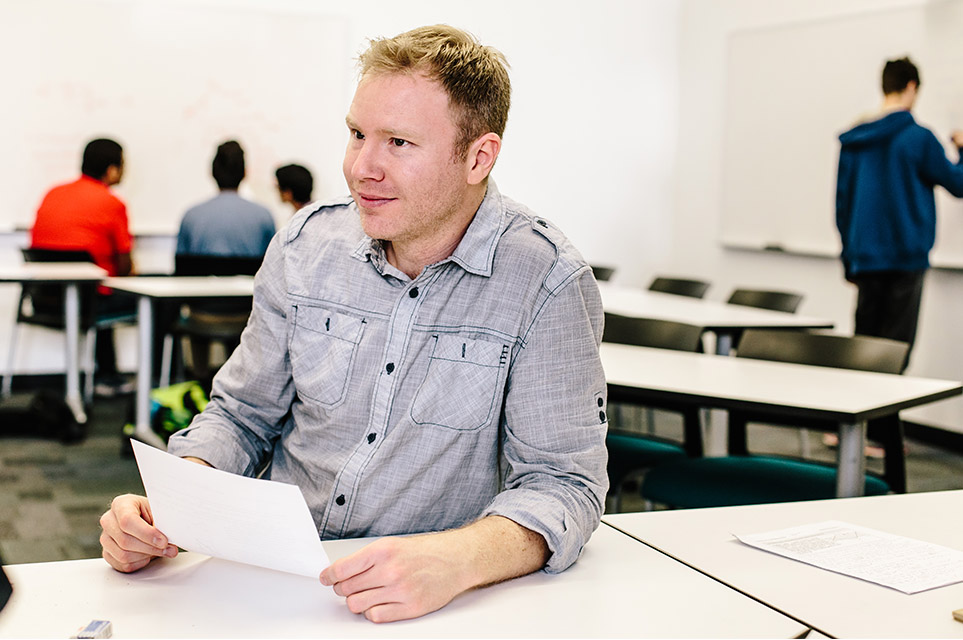Sky is No Limit for Quantum Researchers
February 7, 2017
Researchers from Harvey Mudd are part of a group of scientists who recently completed experiments on entangled photons that produced results consistent with quantum mechanics.
Assistant Professor of Physics Jason Gallicchio, who devised an idea to use starlight to improve tests of quantum mechanics, and Calvin Leung ’17 are co-authors, along with their colleagues, on the paper “A Cosmic Bell Test with Measurement Settings from Astronomical Sources,” published Feb. 7 by Physical Review Letters.
Gallicchio studies experimental cosmology, the study of the origin and evolution of the universe. The paper aims to close a loophole in tests of physicist John Bell’s inequalities—which confirm the “spooky action at a distance” between quantum entangled particles—by using telescopes that look at widely separated stars to generate the random settings in experiments on quantum entanglement. “This particular project is interesting and different,” Gallicchio explains, “because it combines astrophysics and quantum mechanics; things on big, distant scales and things that we tend to think of as being on tiny scales. We’re using light that’s coming from far, far away as a tool to do tests of quantum mechanics.”
Gallicchio’s idea to use starlight as a tool to generate random measurements came to him when he was an undergrad, taking one class in the philosophy of physics and another in quantum mechanics. He developed his idea further, writing the first draft of the paper during a year spent at the South Pole studying the cosmic microwave background. He returned to the U.S. and later flew to Vienna, Austria, to work on convincing his colleagues there, including leading physicists and cosmologists, to perform the experiments, which generated exciting results. “With starlight, it’s harder to say there’s something happening that can be explained locally,” Gallicchio says. “If you hope that there’s some locality-friendly thing happening under quantum mechanics, it’s much less plausible now.”
Read the article Experiment Reaffirms Quantum Weirdness for more about the research.
